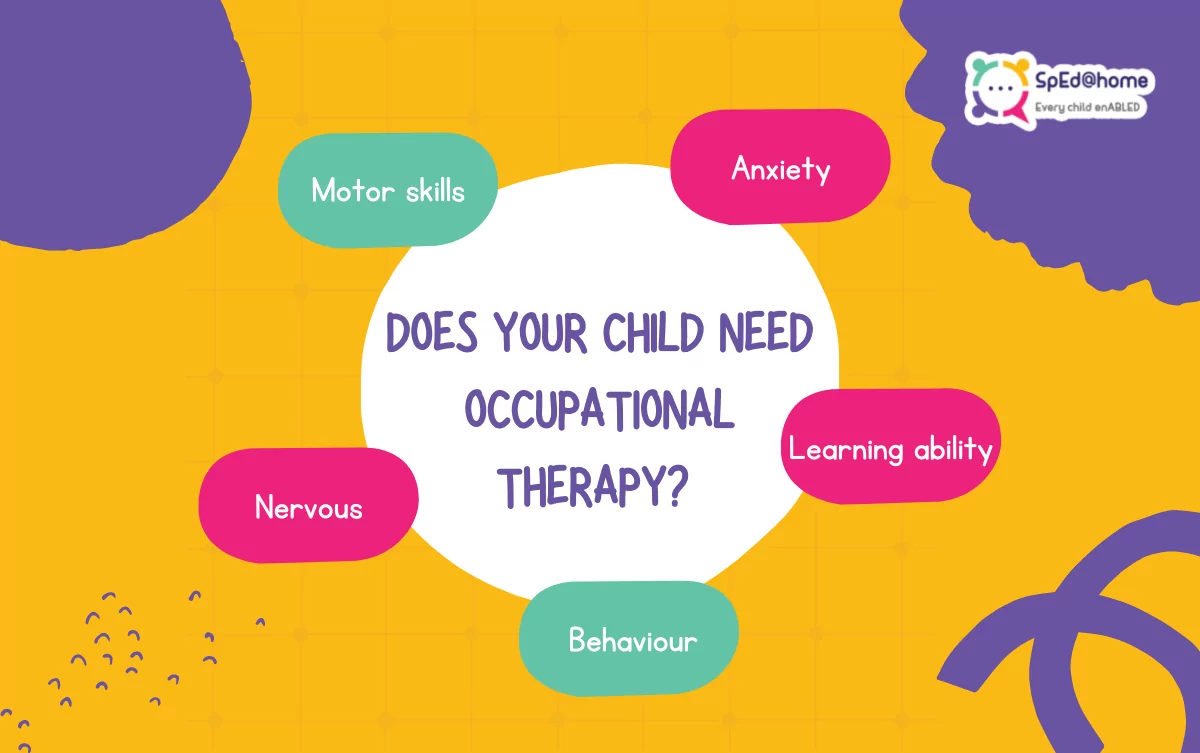How to Identify Learning Disabilities Through Online Assessments
With the rise of digital education, online assessments have become an effective tool for identifying learning disabilities in children. These assessments allow parents, teachers, and specialists to evaluate cognitive, academic, behavioral, and social-emotional skills in a convenient, flexible, and accurate way. Early identification of learning disabilities ensures timely interventions, personalized support, and improved academic outcomes.
What Are Learning Disabilities?
Learning disabilities are neurological conditions that affect a child’s ability to process information, leading to difficulties in reading, writing, math, or other academic areas. Common types include:
- Dyslexia: Challenges with reading, spelling, and decoding words
- Dyscalculia: Difficulty understanding numbers and mathematical concepts
- Dysgraphia: Struggles with handwriting, spelling, and written expression
- ADHD (Attention Deficit Hyperactivity Disorder): Impacts focus, attention, and impulse control
Benefits of Online Assessments
- Accessibility: Children can be assessed from home, reducing travel and logistical challenges.
- Flexibility: Parents can schedule assessments at convenient times.
- Comfortable Environment: Children perform better in familiar surroundings.
- Comprehensive Evaluation: Digital tools evaluate multiple areas, including cognitive skills, academic performance, behavior, and social-emotional functioning.
- Immediate Feedback: Some platforms provide quick insights and detailed reports for parents and educators.
How to Identify Learning Disabilities Online
- Initial Parent Questionnaire: Parents complete a structured form detailing the child’s developmental history, learning behaviors, and daily routines.
- Interactive Assessments: Children engage in age-appropriate tasks that test reading, writing, math, attention, memory, and problem-solving skills.
- Behavioral Observation: Specialists monitor attention span, task completion, and problem-solving approaches during the assessment.
- Teacher Input: Educators provide additional information about academic performance and classroom behavior.
- Analysis and Reporting: Results are compiled into a comprehensive report highlighting areas of difficulty, strengths, and recommendations for intervention.
Signs That Online Assessment May Be Needed
- Difficulty reading, writing, or understanding math concepts
- Short attention span or frequent distraction
- Frustration or anxiety with schoolwork
- Difficulty following instructions or retaining information
- Uneven academic performance compared to peers
Next Steps After Identification
- Develop an individualized education plan (IEP) or personalized learning strategies
- Implement targeted interventions at home or in school
- Access therapy programs such as speech, occupational, or behavioral therapy if needed
- Monitor progress regularly and adjust strategies based on results
Final Thoughts
Identifying learning disabilities through online assessments empowers parents, teachers, and specialists to provide timely, effective, and personalized support. Early detection allows children to overcome challenges, build confidence, and succeed academically and socially. Online tools make the process accessible, convenient, and reliable, ensuring every child receives the guidance they need to thrive.


